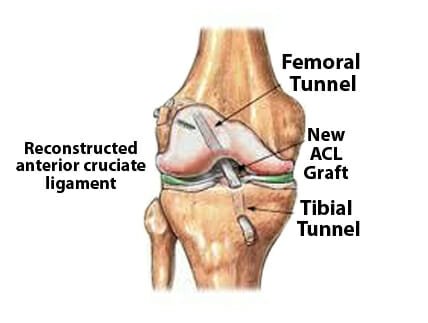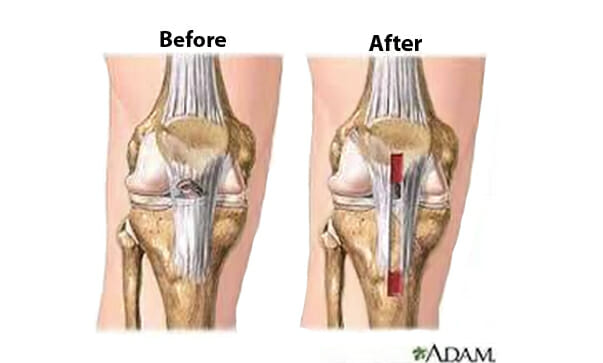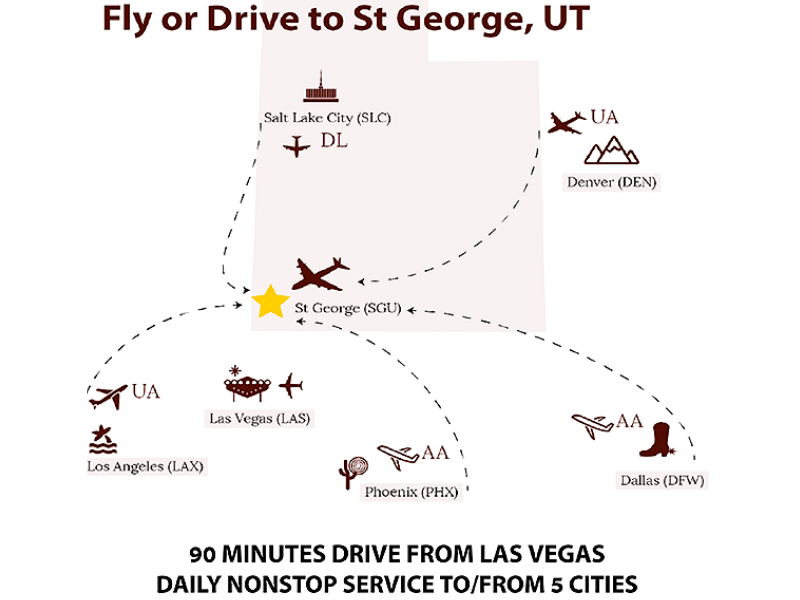Anterior Cruciate Ligament (ACL) Reconstruction with Allograft (Includes Implants & Hardware
Anterior Cruciate Ligament (ACL) Reconstruction with Allograft
Anterior Cruciate Ligament (ACL) Reconstruction with Allograft reconstruction is a surgical tissue graft replacement of the anterior cruciate ligament, located in the knee, to restore its function after Anterior Cruciate Ligament injury. The torn ligament is removed from the knee before the graft is inserted through a hole created by a single incision. The surgery is performed arthroscopically.
Anterior Cruciate Ligament (ACL) Repair with Allograft Reconstruction is one of the most common procedures performed by orthopedic surgeons.

FAQS
Frequently asked questions about surgical procedures
Can I use my insurance and get these prices?
Payment is due 14 calendar days prior to your surgery date. If, after the cutoff, your account is not settled, your case must be postponed.
How quickly can I have surgery?
How will I meet my surgeon?
If I had a car or work accident, would you work with my employer or attorney for payment?
What if I get sick right before my surgery?
You could develop a respiratory infection, a urinary tract infection, COVID, or some other condition that may necessitate postponement. There is no penalty when this happens.
What’s Included:
- Facility fee
- Graft and hardware costs (if needed)
- Surgeon and assistant surgeon fees
- Anesthesiologist
- Time in the recovery unit (at no additional charge)
- Initial consultation visit
- One post-operative visit
*Please note: If you choose not to proceed with surgery after the initial consultation, or if you delay your procedure for more than 6 weeks, you will need to update your consultation at a cost of $375.
What’s not included:
- Lab testing before and after the surgery, as needed
- Electrocardiogram (EKG), depending on age. If you had one elsewhere in the past 6 months and it read “normal”, we can forego this expense.
- Imaging costs. X-rays and MRIs can be obtained anywhere.
- Physical therapy services
- Medications you’ll need (oral or IV antibiotic infusions if an infection arises)
- Wound care
- Bracing supplies
- Additional doctor visits (a pre-operative visit with the surgeon, in person, and any required post-op follow-ups after the suture removal to monitor your progress
- Additional surgical intervention if a complication arises
- Additional imaging or hospital care if a blood clot develops
Preparation for Surgery
Understanding the Process
You will usually have ACL reconstruction three to eight weeks after your injury. This allows any swelling to go down. Your surgeon may ask you to have physiotherapy during the weeks after your injury. This is to make sure you can move your knee as fully as possible before your operation.
ACL reconstruction can be done using either local or general anesthesia. A local anesthetic completely blocks pain from your knee area, and you will stay awake during the operation. If you have a general anesthetic, it means you will be asleep during your operation.
If you’re having a general anesthetic, it’s important to follow your anesthetist’s advice. You will usually be asked not to eat or drink for about six to twelve hours beforehand.
Your surgeon will complete a medical history and physical, order blood work, and other diagnostic tests. You may also be asked to give your consent for the procedure by signing a consent form.
Surgery
During arthroscopic ACL reconstruction, the surgeon makes several small incisions—usually two or three around the knee. Sterile saline (salt) solution is pumped into the knee through one incision to expand it and to wash blood from the area. This allows the doctor to see the knee structures more clearly.
The surgeon inserts an arthroscope into one of the other incisions. A camera at the end of the arthroscope transmits pictures from inside the knee to a TV monitor in the operating room.
Surgical instruments are inserted through other small incisions. The surgeon drills small holes into the upper and lower leg bones where these bones come close together at the knee joint. The holes form tunnels through which the graft will be anchored. The surgeon will also make another incision in the knee and insert the graft (replacement tissue).

Recovery
What to expect after your surgery
Anterior Cruciate Ligament (ACL) Repair with Allograft reconstruction surgery is often done on an outpatient basis, which means that you do not spend a night in the hospital.
You will feel tired for several days. Your knee will be swollen, and you may have numbness around the incision on your knee. Your ankle and shin may be bruised or swollen. You can put ice on the area to reduce swelling. Most of this swelling will go away in a few days, and you should soon start seeing improvement in your knee.
To care for your incision while it heals, you need to keep it clean and dry and watch for signs of infection.
Physical rehabilitation after ACL surgery may take several months to a year. The length of time until you can return to normal activities or sports is different for every person. It may range from 4 to 6 months.
Risks
Anterior Cruciate Ligament (ACL) Repair with Allograft reconstruction surgery is generally safe. Complications that may arise from surgery or during rehabilitation (rehab) and recovery include:
Problems related to the surgery itself. These are uncommon but may include:
Numbness in the surgical scar area.
Infection in the surgical incisions.
Damage to structures, nerves, or blood vessels around and in the knee.
Blood clots in the leg.
The usual risks of anesthesia.
Problems with the graft tendon (loosening, stretching, reinjury, or scar tissue). The screws that attach the graft to the leg bones may cause problems and require removal.
Limited range of motion, usually at the extremes. For example, you may not be able to completely straighten or bend your leg as far as the other leg. This is uncommon, and sometimes another surgery or manipulation under anesthesia can help. Rehab attempts to restore a range of motion between zero degrees (straight) and 130 degrees (bent). It’s important to be able to get your knee straight so you can walk normally.
Grating of the kneecap (crepitus) as it moves against the lower end of the thighbone (femur), which may develop in people who did not have it before surgery. This may be painful and may limit your athletic performance. In rare cases, the kneecap may be fractured while the graft is being taken during surgery or from a fall onto the knee soon after surgery.
Pain, when kneeling, at the site where the tendon graft was taken from the patellar tendon or at the site on the lower leg bone (tibia) where a hamstring or patellar tendon graft is attached.
Repeat injury to the graft (just like the original ligament). Repeat surgery is more complicated and less successful than the first surgery.
Can I Travel to St George for Surgery?
Yes, and we’ll help you make all your arrangements.
- We have arrangements to try to obtain free flights through a non-profit volunteer pilot organization. We can do this with 10 days’ advance notice in most cases.
- We have discount codes for the Holiday Inn in town. This hotel is 1.5 miles from the surgery center and 2 miles from our clinic.
- We’ll arrange to send your after-surgery medications to your hometown pharmacy for pickup before you leave.
What if I would rather drive to St George?
No problem, we can help with those plans as well. When you have surgery with us, we’ll need to make sure you’re safe and comfortable after surgery. We’ll arrange cold compression therapy that requires an AC/DC adaptor/transformer and frequent stops to stretch and refill the ice reservoir on the road.
We’ll ask about the vehicle you’ll travel in to ensure you have a way to elevate and stretch out in the vehicle on the road while someone else does the driving.

How are follow-up and initial consultations handled?
In-person and telehealth consultations are possible with the surgeon to whom your case is assigned. The initial visit is included in the surgical package and is valued at $375.
We can also obtain the flights from the volunteer pilot nonprofit if you’d like to come for initial and follow-up visits in person. One follow-up visit is included in the surgical package at a value of $175. Any additional visits are charged at the time of service to your credit or debit card.
Transparent Pricing Guide
Find out the exact cost of your procedure in seconds, with no hidden fees, no surprises, and complete transparency every step of the way.
